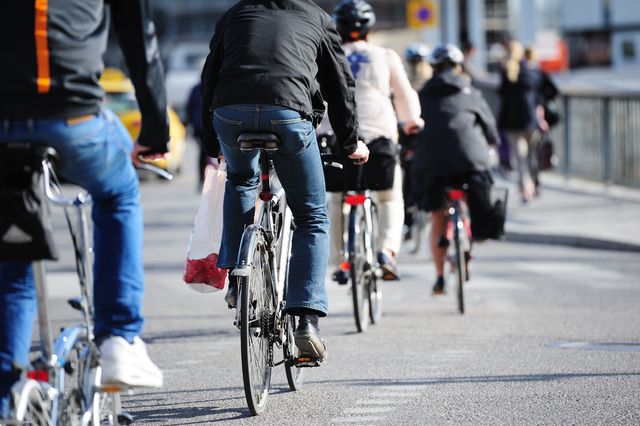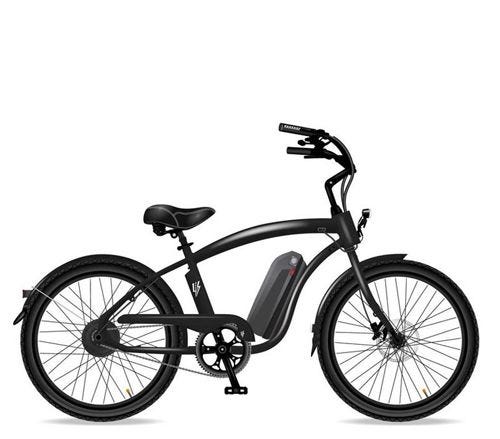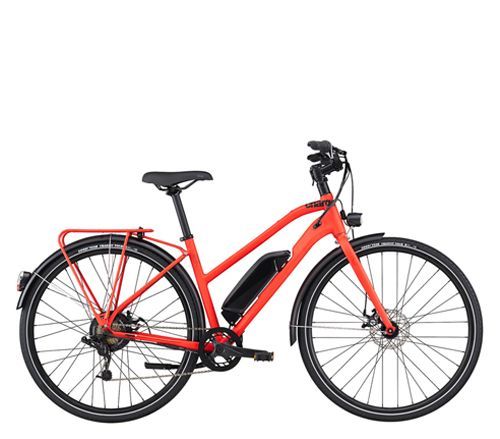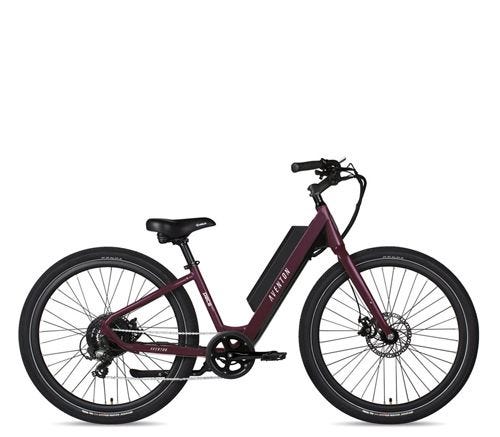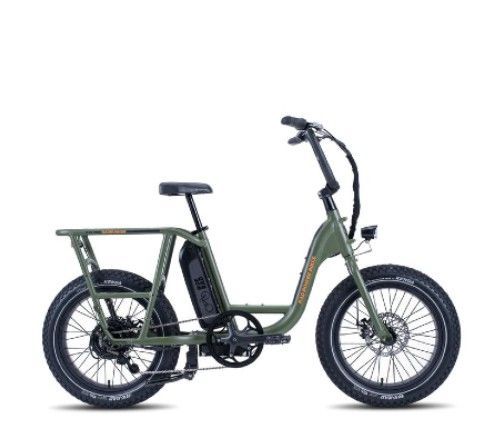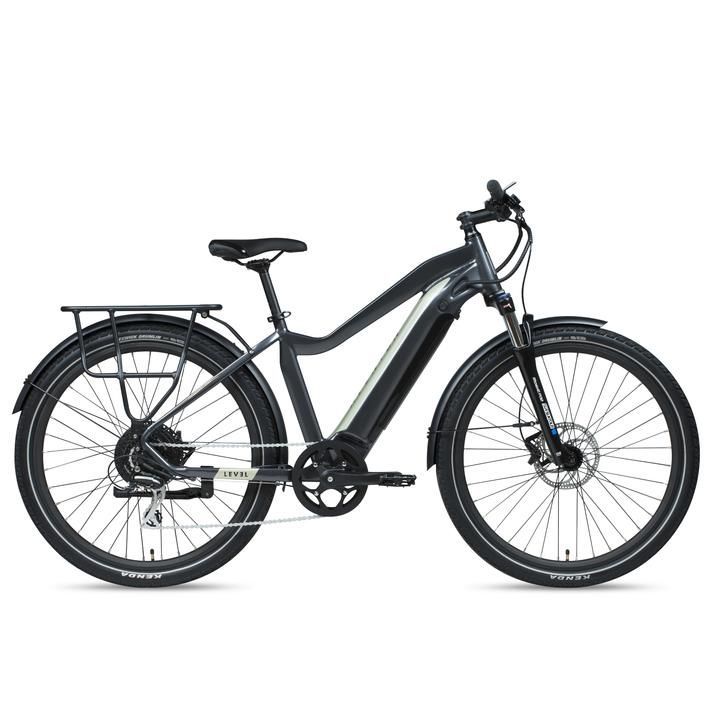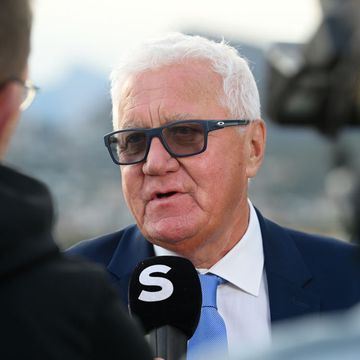- Deloitte has released a study on the growing popularity of bicycles as a form of transportation around the world, especially in cities.
- The study predicts that the number of bike commuters in many cities around world will double by 2022.
- Technological innovations are largely helping to facilitate this growth—like e-bikes, bike shares, and better tools for urban planning.
A recent study by Deloitte, one of the largest consulting firms in the world, has highlighted the important role that bicycles will play in the coming years in easing traffic congestion and improving urban air quality and public health, especially in cities as they become more heavily populated.
Overall, Deloitte is predicting that the number of people who bike to work will double in many major cities around the world by 2022.
The effects of so many more bicycles on the road, and consequently less vehicles, could be substantial and bring about societal changes like less vehicular traffic, which would greatly improve congestion and air quality. More people biking and less pollution is also good news for public health, too.
This becomes even more crucial when you consider future population growth, especially in cities whose transportation systems are already being pushed to their limits. The study says that an additional 2.5 billion people will live in cities by 2050. To put that into perspective, the UN reported that 1.7 billion people were living in cities in 2018.
Deloitte also believes that this dramatic growth in biking to work is being largely spurred by technological innovations across the industry, which increasingly make bicycling to work easier and more attractive to many.
[Find 52 weeks of tips and motivation, with space to fill in your mileage and favorite routes, with the Bicycling Training Journal.]
“Underlying this growth in bike-riding is an array of diverse technological innovations, including predictive analytics, product and application design, wireless connectivity, digital urban planning tools, 3D-printed parts, and electrification,” the study states.
It’s impossible to ignore the role that e-bikes play here. Despite the controversy they’ve generated—like the authenticity of e-bikes as real bikes and safety concerns over higher speeds—e-bikes are here to stay. And, as the study points out, they aren’t exactly a new concept, either; the first patent for an electric bicycle was created in 1895.
Simply put, e-bikes make bike commuting easier and enable more people to do so. Other reports confirm that e-bikes are increasingly becoming better alternatives to vehicles, especially for urban transportation in the United States. According to Deloitte, the number of e-bikes in the world is expected to increase between 2019 and 2023 from 200 million to 300 million. (This figure includes e-bikes owned by companies and bike shares.)
Other technological improvements are facilitating more people to get on bikes, too: a wider variety of smartphone apps now help cyclists plan and determine safer riding routes, 3D printing is making better helmets, bike shares are becoming commonplace across cities, and urban planners have more data now than ever for developing safer, bicycle-friendly streets.
According to the report, the rise of cycling was the second biggest innovation. Other items on the list included the continued growth of 5G, the podcasting boom, more advanced robotics.
When she’s not out riding her mountain bike, Jessica is an editor for Popular Mechanics. She was previously an editor for Bicycling magazine.
